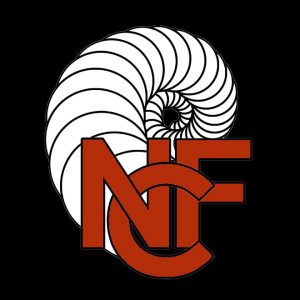Sometimes, having a pile of tools is all you need to get the job done. Even if you don’t have the right tool for the job, most of the time one of your workmates does. I mean, lets face it – we finish carpenters are die-hard tool junkies. When we see another carpenter who has something that will get the job done better, faster and stronger, we have to have it, right? Right.
Even though we finish carpenters are sometimes fools for new tools, actually buying a tool that you will only use once in a great while, just isn’t an option. Either because the tool is too expensive to justify buying, or the shipping time makes the tool purchase prohibitive.
The short of it is – I was working on a project, and discovered I needed a big saw. Or at least a way to cut glue-joint surfaces on an 8″X 12″ Doug Fir beam at a 45 degree angle. For what, you ask?
One really big Doug Fir fire place mantle. The mantle was to be constructed of one beam stacked on top of another, and was to wrap the chimney chase on three sides. The bottom beam was sized at 8″ x 10″, with the bigger 8″ x 12″ beam stacked on top.

To achieve cabinet-quality joints in such big timbers was going to be a challenge. I decided the best way was to use a router with a big bit to surface the wood. In this case I used an 1 1/8″ straight-plunge router bit.
I decided the best way was to use a router with a big bit to surface the wood. In this case I used an 1 1/8″ straight-plunge router bit.
I started by building a custom router base which acted as a big planing surface. This was going to ride on a jig build for the width of the beams.
 The router base was built from 1/4″ Plexiglas, with aluminum angle stock attached to either side. The Plexiglas alone was not rigid enough to span the jig and give me a flat surface, but with the angled aluminum attached, the base was perfectly flat and very rigid. As you can probably imagine, this type of router base can be used for all kinds of jobs where you need to plane down a large surface.
The router base was built from 1/4″ Plexiglas, with aluminum angle stock attached to either side. The Plexiglas alone was not rigid enough to span the jig and give me a flat surface, but with the angled aluminum attached, the base was perfectly flat and very rigid. As you can probably imagine, this type of router base can be used for all kinds of jobs where you need to plane down a large surface.

Next task was constructing the jig. Using the 10″ Bosch slide saw, I made short work of cutting the jig pieces. Once I had two 45-degree matching jig pieces, I simply screwed them to a piece of 5/4 stock which was ripped to the same width as the beams.

Now that I had the router base and the jig ready to go, I rough-cut the beams so they were a little bit longer than they ultimately needed to be. Then I slipped the first beam into the jig, and clamped it in place.

With the beam clamped in place, I set the router with the new base plate on the jig, and ran the big router bit over it, cutting a perfectly flat surface over the entire face to be joined.

Before surfacing…

… and after surfacing.

As you can see, with both joining surfaces dressed up, they are perfectly flat and will go together very nicely. No deviations in the face, even around the knotted areas.

You can see from the dry fit above that the beams are going to fit perfectly.

Having dry fit the beams, I put the finishing details on the edges, dressed up the corners, then epoxied, bolted and clamped the beams together.



The fit and finish turned out perfect!


After putting the beams together, the mantle pieces were fastened to the chimney chase using lag bolts and construction adhesive. The chimney chase is covered in Montana rock and sticks out off of the chase six inches. Note the big 300 lb. rock right above the mantel in the center.
This fire place mantle was a bit of a challenge, but a lot of fun to build!
Feel free to contact us if you have questions, comments or if you would like to inquire about our services.
